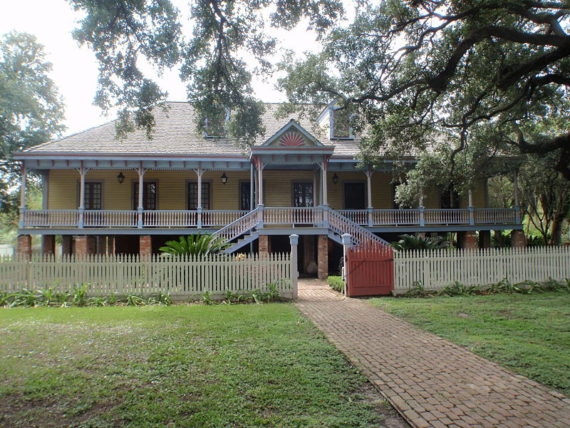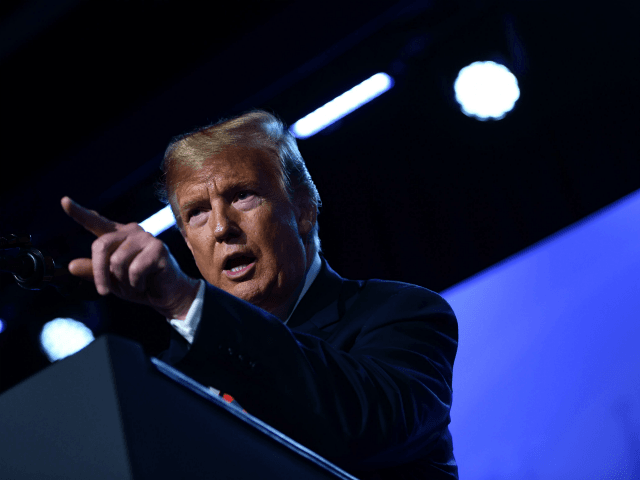 First Confederate Soldier Killed In The WBTS
First Confederate Soldier Killed In The WBTS
After the armed resistance by Marylanders against Northern troops passing through their State in April 1861, the “Northern press howled for revenge on Baltimore and for the subjugation of Maryland.” Business in that city was at a standstill and the Potomac was patrolled by an armed flotilla aimed at cutting off Maryland from Virginia and the Southern Confederacy. On May 2, the New York Times suggested employing the same “experiment so successfully tried in Maryland” on Virginia. Secession, wrote the newspaper, was simply the result of a mob, and the “army . . . should immediately advance South to act as a local police. The mob at Richmond would prove to be as cowardly and contemptible as at Baltimore.”
Posted at www.Circa1865.org The Great American Political Divide, Bernhard Thuersam.
Neutralizing Maryland
“While other States of the South seceded peacefully and of their own free will, Maryland could not. In the final analysis, Maryland was forced to stay in the Union.
The end of the secession movement in Maryland, at least the de jure end, came on November 6, 1861, with the Union Party’s overwhelming victory in the State legislative contests and the election of their candidate, Augustus W. Bradford, as governor.
The election destroyed secessionist hopes of taking Maryland into the Confederacy, and many Marylanders who sympathized with the South fled across the Potomac to join fellow citizens who had already been recruited to Confederate arms by a station set up in Baltimore.
Following the election, federal authorities with State cooperation “promptly suppressed all signs of secession sympathy of an active nature . . . Maryland became in fact as well as in name a loyal State.”
Bradford, until 1861 a relatively little known politician, was an unconditional Unionist and therefore received the support of the Lincoln administration, as did his Union Party. Indeed, he scored an impressive victory – the margins of which were so skewed that many question their authenticity. Bradford won with 57,000 votes to his opponent’s 26,000, and his party won sixty-eight seats in the House of Delegates to only six for the opposition. Secessionists and others opposed to Lincoln naturally cried foul.
The Baltimore South gave its “Union friends . . . great credit for the moderation exercised as there was no earthly reason, beyond the expense of ticket printing, why the majority (in Baltimore) should have been 40,000 instead of 14,000.” The journal had been “reliably informed that the Federal troops from every section of the country kindly aided their Union friends here, and deposited their ballots in as many wards and precincts as suited their convenience.”
This wry report from a secessionist newspaper should be read for what it is, but [one writer] makes the compelling point that, “The size of the majority made no difference for the Lincoln administration could have made it what it chose by applying the test oath more strictly, and by arresting the State Rights men.”
Bradford did appear to be elected by fraudulent means, and some question, given the results, why an election was held at all. It was held, of course, because the Lincoln administration badly wanted the country, and the European governments closely watching developments across the Atlantic, to believe that, constitutionally speaking, things were still working normally and that most Americans supported the Administration.
Once Lincoln and the War Department determined that Maryland had to be neutralized, they were forced to implement drastic policies.”
(A Southern Star for Maryland, Maryland and the Secession Crisis, 1860-1861, Lawrence M. Denton, Publishing Concepts, excerpts pp. 116-119)









